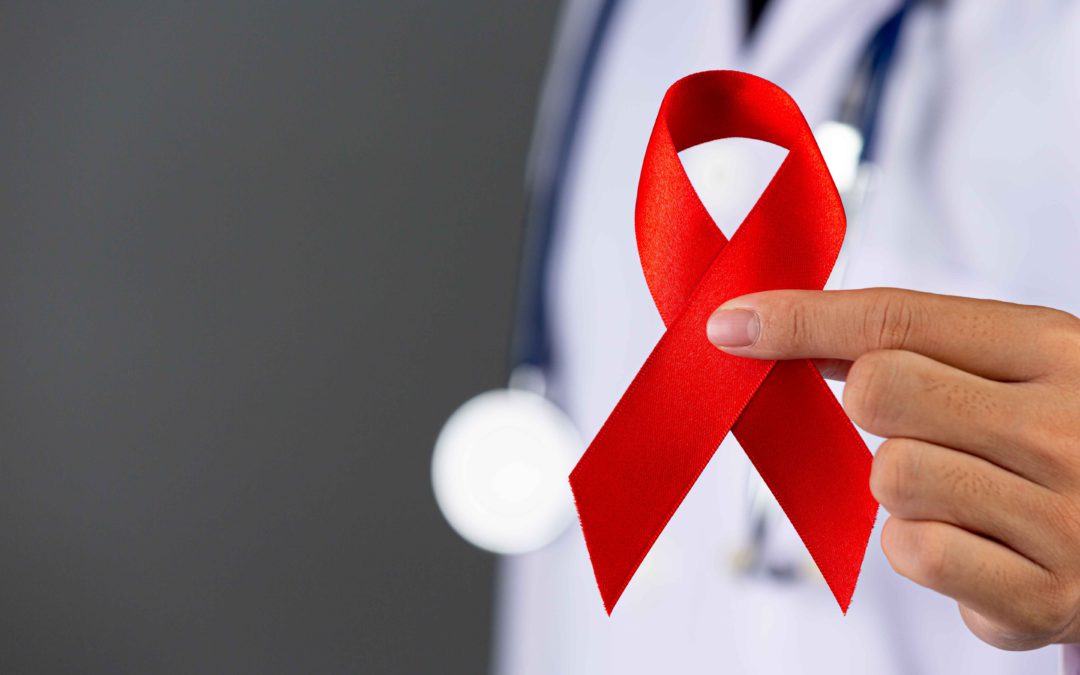Contents
We hear and read so little now about HIV/AIDS that you might think this life-threatening virus has been conquered.
Like all viral diseases, once they have established themselves in the human population, they or their mutations will continue to threaten sufferers.
The emergence of Coronavirus (in 2019) has focussed our attention on the Covid-19 pandemic and the resources required to protect ourselves (vaccination) and treat the condition (hospitalization /medication.) The emphasis on Covid-19 is hardly surprising. Since late 2019, when the pandemic first emerged, there have been over 93 million recorded cases of Covid-19 infection and over 1 million deaths. (USA FACTS Nov 03, 2022)
The most recent CDC statistics indicate that at the end of 2019, nearly 1.2 million Americans had HIV. Of these, as much as 13% were unaware they had HIV. In 2020 over 34 thousand people received an HIV diagnosis.
Compared with Covid-19, these numbers may seem inconsequential, but HIV/AIDS are life-changing medical conditions requiring lifelong medication.
Of these new infections, about 70% were among men who reported male-to-male sexual contact, 22% among people who reported heterosexual contact, and 7% among people who inject drugs.
Unlike Coronaviruses, primarily airborne, HIV is transmitted via blood and other bodily fluids, such as
- semen
- vaginal fluids
- breastmilk
- lining inside the anus
Increasing awareness of the risks and preventive measures has slowly reduced the number of new infections. In the 35 years since the disease first emerged, Medical scientists, have developed highly effective treatments for HIV. These treatments enable most people with the condition to live long, healthy lives and be less likely to transmit the infection to others. Without treatment, the immune system becomes severely damaged, and untreated HIV sufferers’ life expectancy is 9-11 years.
Untreated HIV can lead to AIDS (Acquired Immune Deficiency Syndrome.) Although AIDS is not transmittable among humans, it is a potentially life-threatening infection.
Do we still have to take precautions?
The section population most affected by HIV is men reporting male-to-male sexual contact (about 70% of diagnosed occurrences).
The second largest group is women (19%). Of this total (6990), 5683 reported heterosexual contact. (Data: CDC HIV Diagnoses).
Condoms effectively prevent sexually transmitted diseases (STDs), including HIV.
Sometimes, taking Pre-Exposure Prophylaxis (PrEP) medication may be more appropriate. PrEP is highly effective in reducing the risk of getting HIV through sexual activity (99%) and from injection use (>74%).
There are possible occasions when you discover the need for protective action after even a single high-risk activity. Don’t wait for symptoms to emerge. Start Post Exposure Prophylaxis (PEP) immediately. PEP is an antiretroviral drug treatment that stops the development of HIV before it can establish itself. Talk to your healthcare provider a soon as possible after potential exposure.
Do Covid-19 and Flu interact with HIV/AIDS?
Although these three viruses do not interact, they force your immune system to fight on three fronts. HIV attacks the immune system and degrades the body’s ability to defend itself against other infections. Infants’ immune systems are naturally less and more susceptible to viral diseases. Similarly, the elderly are more vulnerable to Covid-19, Flu, and other respiratory diseases.
Take advantage of the annual flu vaccination program and ensure you are up-to-date with your Covid-19 shots, including boosters. They protect against the first infection and offer the best chance of avoiding severe complications.
Image by jcomp on Freepik
